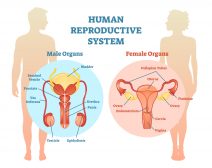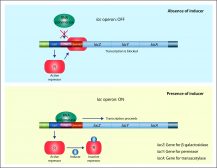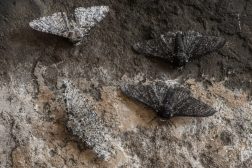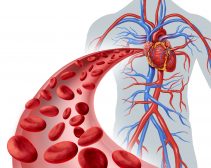Definition
noun
(botany) The scientific study of algae
(medicine) The branch of medicine that is concerned with the study of pain
Supplement
In botany, algology is the scientific study of algae. It is also referred to as phycology. It is a sub-discipline of botany since algae are more closely related to plants rather than other groups, such as animals. They are similar to plants in having body parts akin to plants. They have structures similar to roots, stems, and leaves of higher plants. The difference is the absence of a vascular system, which is found in higher plants.
They possess chlorophyll pigments, which make them capable of photosynthesis. They also have accessory pigments that account for their characteristic color. For instance, the green algae have abundant chlorophyll a and b pigments. The brown algae have more brown pigments, fucoxanthin. Red algae that appear pink or red in colour because of the abundance of the pigments phycocyanin and phycoerythrin.
One of the primary aspects of phycology is the identification and classification of algal species. In the old system of classification, i.e. five kingdom scheme of classification, the algae, together with the protozoa, belong to Kingdom Protista.
They are distinct from the protozoa by being photosynthetic. The algae are subdivided into various phyla: Euglenophyta (euglenids), Chrysophyta (diatoms), Pyrrophyta (dinoflagellates), Chlorophyta (green algae), Phaeophyta (brown algae), and Rhodophyta (red algae). The Cyanophyta or blue-green algae, which are prokaryotic organisms, are traditionally included in this group but in modern classification, they are now grouped together with bacteria under Kingdom Monera.
In medicine, algology is the branch of medicine concerned with the study and the medical treatment of pain.
Word origin: (botany) Ancient Greek ϕûkos (“seaweed”); (medicine) Greek algos (pain)
Synonym:
- algology (1)
See also:







